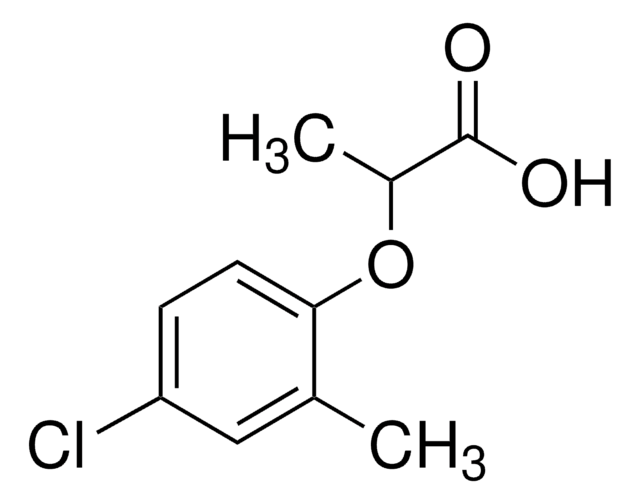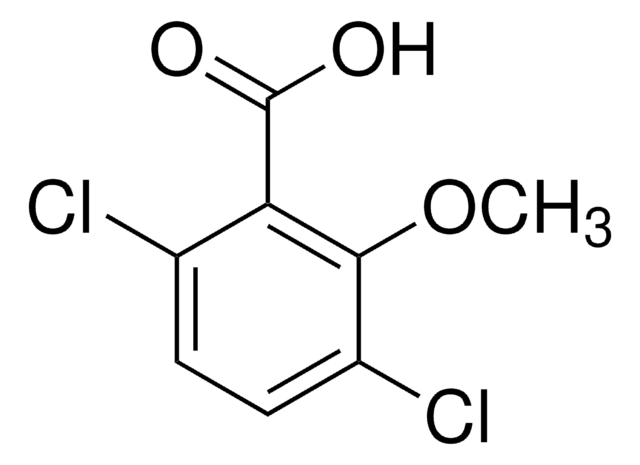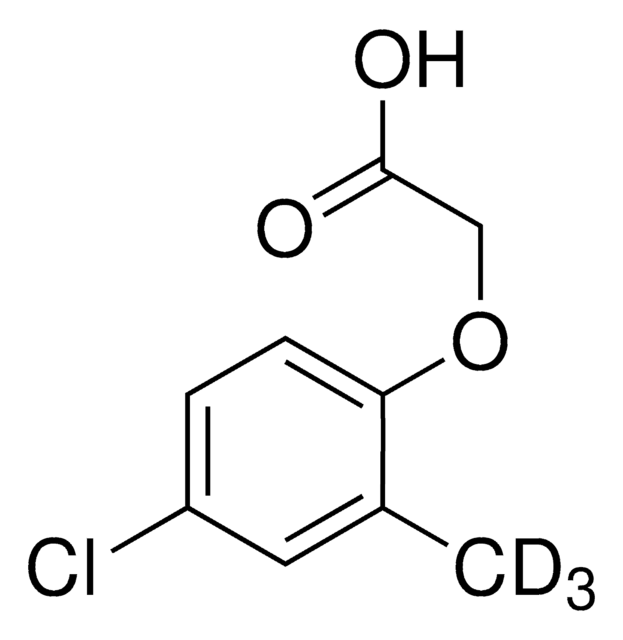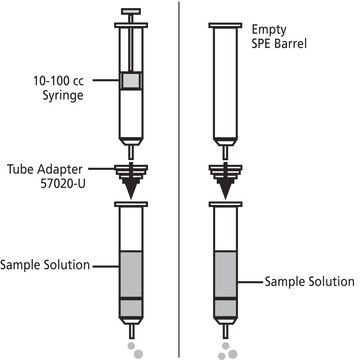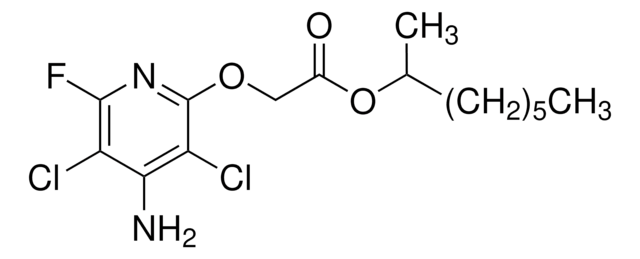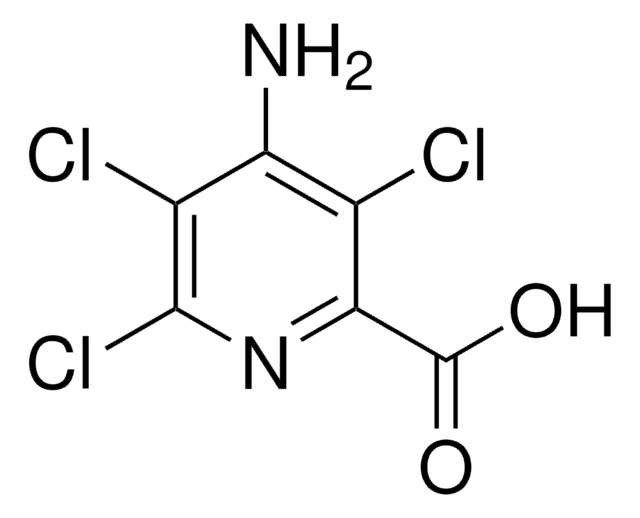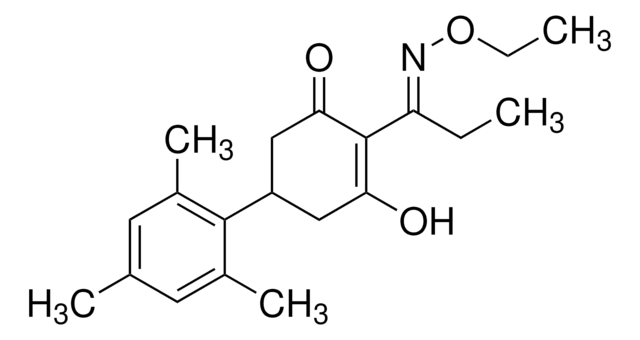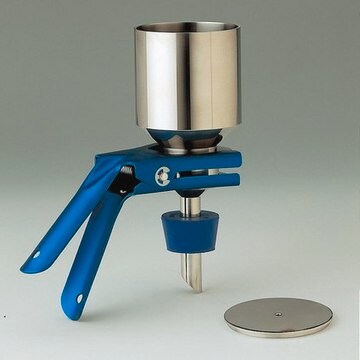36773
Mecoprop-P
PESTANAL®, analytical standard
Sinónimos:
(R)-2-(4-Chloro-2-methylphenoxy)propionic acid
About This Item
Productos recomendados
grade
analytical standard
Quality Level
product line
PESTANAL®
shelf life
limited shelf life, expiry date on the label
application(s)
agriculture
environmental
format
neat
SMILES string
C[C@@H](Oc1ccc(Cl)cc1C)C(O)=O
InChI
1S/C10H11ClO3/c1-6-5-8(11)3-4-9(6)14-7(2)10(12)13/h3-5,7H,1-2H3,(H,12,13)/t7-/m1/s1
InChI key
WNTGYJSOUMFZEP-SSDOTTSWSA-N
¿Está buscando productos similares? Visita Guía de comparación de productos
General description
Mecoprop-P is approved for its use in the European Union. Maximum residue levels (MRLs) have been set according to Reg (EC) No 149/2008 for mecoprop-P as a sum of mecoprop-P and mecoprop expressed as mecoprop for various products of plant origin from 0.05 to 0.1 mg/kg.
Mecoprop-p was included in Annex I to Directive 91/414/EEC on 01 June 2004. It is listed as one of the active substances in Regulation (EU) No 686/2012 according to the renewal procedure of the approval of active substances submitted under Article 14 of Regulation (EC) No 1107/2009.
Application
- To investigate the relationships between soil depth, the biodegradation of mecoprop-p, and the copy number and diversity of the tfdA gene group
- Study of adsorption and desorption behavior of two phenoxyalkanoic acid herbicides in a Haplic Cambisol with tillage and grassland management using a batch equilibrium method
- To investigate the persistence of S-metalachlor, bentazon, isoproturon, and mecaprop-P in heavy metal contaminated soil before and after EDTA-based remediation
- To assess the effects of mecoprop, mecoprop-p, and their biodegradation compound 2-methyl-4-chlorophenol on two larval stages of Crassostrea gigas
- To study adsorption-desorption Nicosulfuron and the ionic pesticide Mecoprop-P on a calcined Mg-Al hydrotalcite (HT-500) in the presence and absence of various anions
Legal Information
¿No encuentra el producto adecuado?
Pruebe nuestro Herramienta de selección de productos.
signalword
Danger
hcodes
Hazard Classifications
Acute Tox. 4 Oral - Aquatic Acute 1 - Aquatic Chronic 1 - Eye Dam. 1
Storage Class
11 - Combustible Solids
wgk_germany
WGK 2
flash_point_f
Not applicable
flash_point_c
Not applicable
ppe
dust mask type N95 (US), Eyeshields, Gloves
Elija entre una de las versiones más recientes:
Certificados de análisis (COA)
¿No ve la versión correcta?
Si necesita una versión concreta, puede buscar un certificado específico por el número de lote.
¿Ya tiene este producto?
Encuentre la documentación para los productos que ha comprado recientemente en la Biblioteca de documentos.
Nuestro equipo de científicos tiene experiencia en todas las áreas de investigación: Ciencias de la vida, Ciencia de los materiales, Síntesis química, Cromatografía, Analítica y muchas otras.
Póngase en contacto con el Servicio técnico